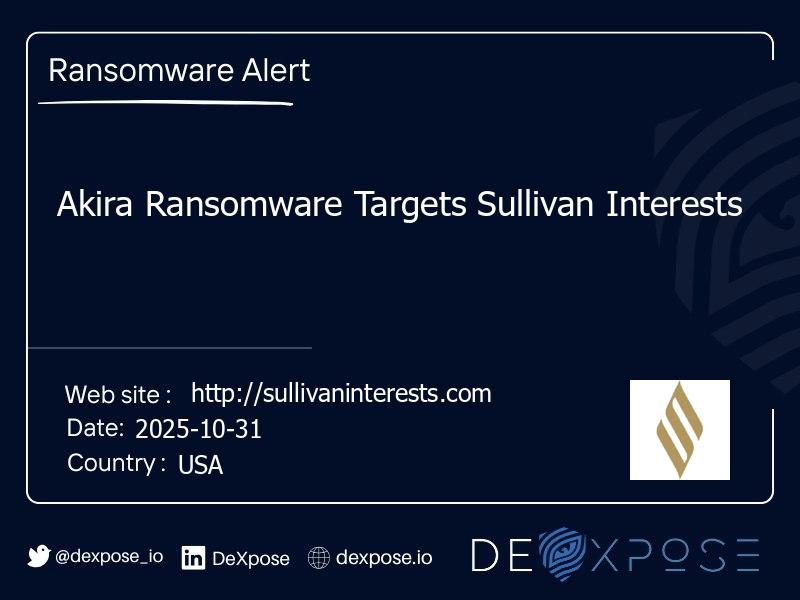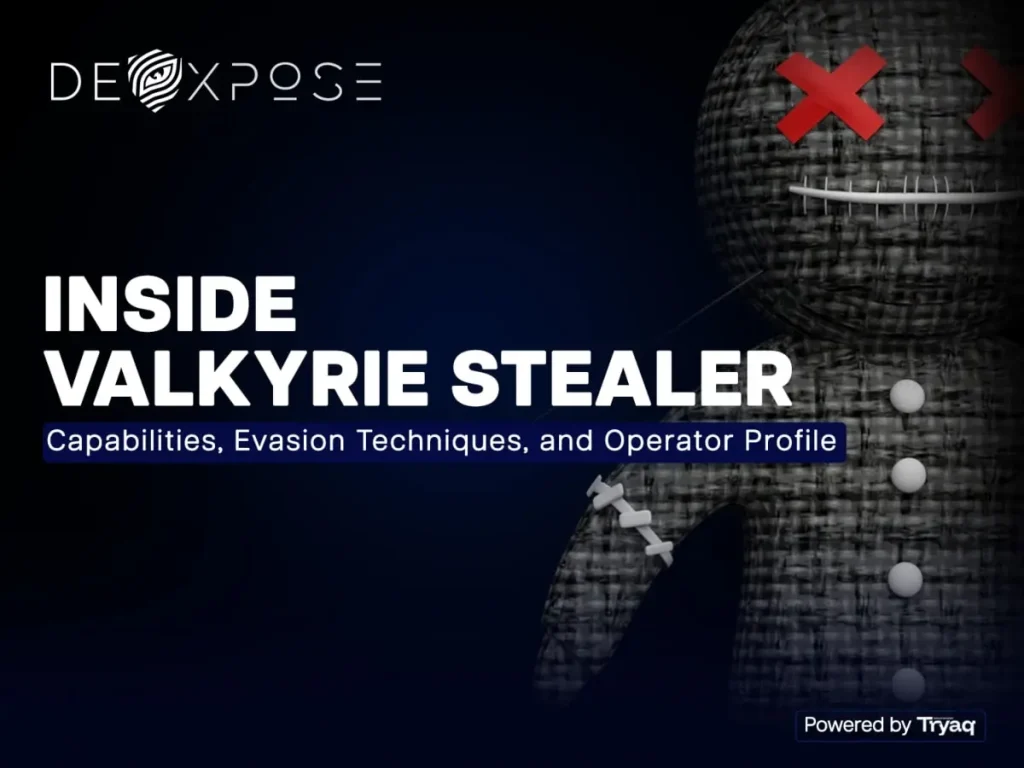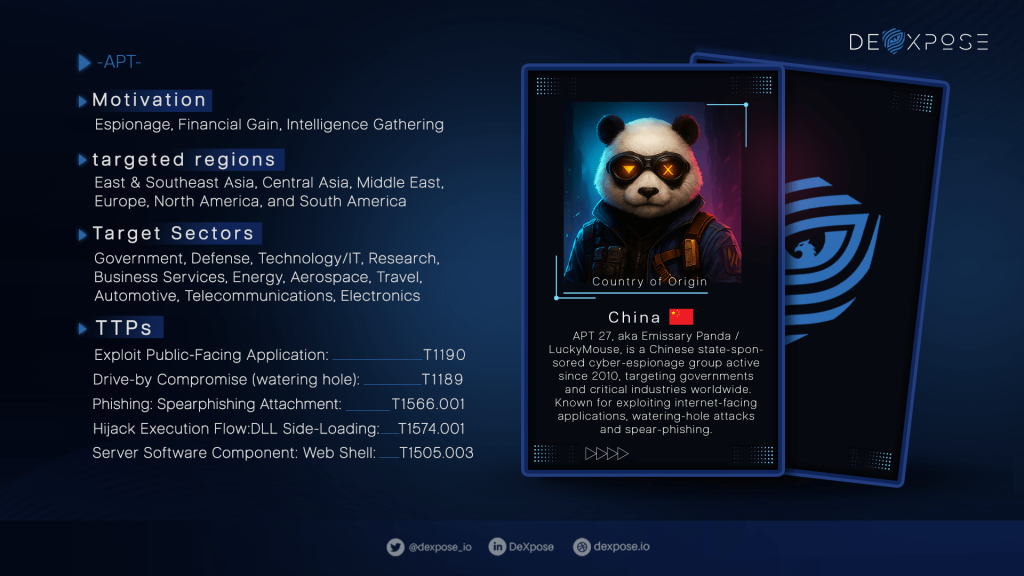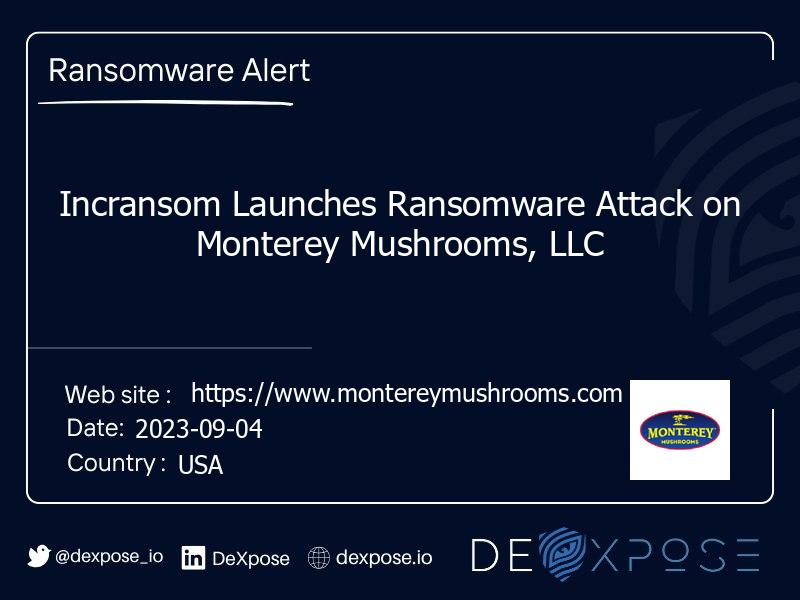Summary
On October 30, 2025, the ransomware group Akira claimed responsibility for a cyberattack against
Sullivan Interests (sullivaninterests.com), a key player in environmental remediation and disaster recovery based in the USA.
The threat actors announced their intent to leak 40GB of sensitive corporate documents unless a deal is reached.
Incident Report
| Field | Details |
|---|---|
| Target | Sullivan Interests |
| Domain | sullivaninterests.com |
| Country | USA |
| Attacking Group | Akira |
| Date Reported | October 30, 2025 |
| Threat Actor Statement | “The Sullivan Brothers Family of Companies (SBFC) offers a diverse range of services in environmental remediation, disaster recovery, health, construction, infrastructure, and industrial sectors across North America and beyond. We will upload 40gb of corporate documents soon. Employees personal information (passports, addresses, phones, DOB, driver licenses, social security cards, w-9 forms), accounting information, contracts and agreements, incidents and police reports and so on.” |
This breach has raised significant concerns about data privacy and protection, given the vast amount of sensitive information at risk. Stakeholders and cybersecurity professionals are closely monitoring the situation as the organization works to mitigate the impact and secure their systems.
Recommended Security Actions
Ransomware attacks are increasingly targeting both enterprise and mid-sized organizations across all sectors. The following steps are critical to reduce impact and prevent future incidents:
- Monitor continuously: Use DeXpose’s dark web and infostealer monitoring platform to detect breached credentials, leaked databases, and threat actor chatter in near real-time—before damage spreads internally.
- Conduct a compromise assessment: Immediately initiate a full incident review to determine how attackers infiltrated your network, what data may have been exfiltrated, and whether any persistence mechanisms remain active.
- Validate your backups: Ensure that your backups are current, encrypted, and stored offline. Utilize immutable backup solutions to defend against ransomware encryption and deletion attempts.
- Apply threat intelligence: Integrate external threat feeds, including DeXpose-provided indicators of compromise (IOCs), into your SIEM or XDR platforms for real-time alerting and correlation.
- Harden employee defenses: Run phishing simulations and enforce multi-factor authentication (MFA) across all access points. Attackers often exploit weak or reused credentials sourced from the dark web.
- Engage professional response teams: Involve cybersecurity incident response experts, threat analysts, and legal counsel before initiating any dialogue with ransomware groups or ransom brokers.
How DeXpose Helps You Stay Ahead
At DeXpose, we specialize in early detection and proactive defense. Our hybrid threat intelligence solution combines automated deep/dark web crawling, Telegram and forum monitoring, and real analyst verification to deliver:
- Continuous scanning of ransomware group leak sites, stolen credential markets, and malware log dumps
- Timely alerts for breaches linked to your domains, email addresses, and key personnel
- Intelligence correlation that connects leaked credentials to infostealer malware infections, often weeks before a public ransom demand
- Real-time visibility into supply chain and third-party exposures through passive surveillance of dark web channels
Don’t wait for public disclosure or ransom notices—gain visibility into your cyber exposure now.
-
Scan your domain for data breaches:
Free Dark Web Report -
Check employee or partner email exposure:
Email Data Breach Scan
Disclaimer
DeXpose does not engage in the exfiltration, hosting, redistribution, or purchase of stolen data. All breach information reported here is collected from publicly accessible dark web sources and threat intelligence platforms.
Our mission is to equip organizations with early-warning indicators, contextual threat insights, and actionable intelligence that help them secure their digital assets against evolving cyber threats.







